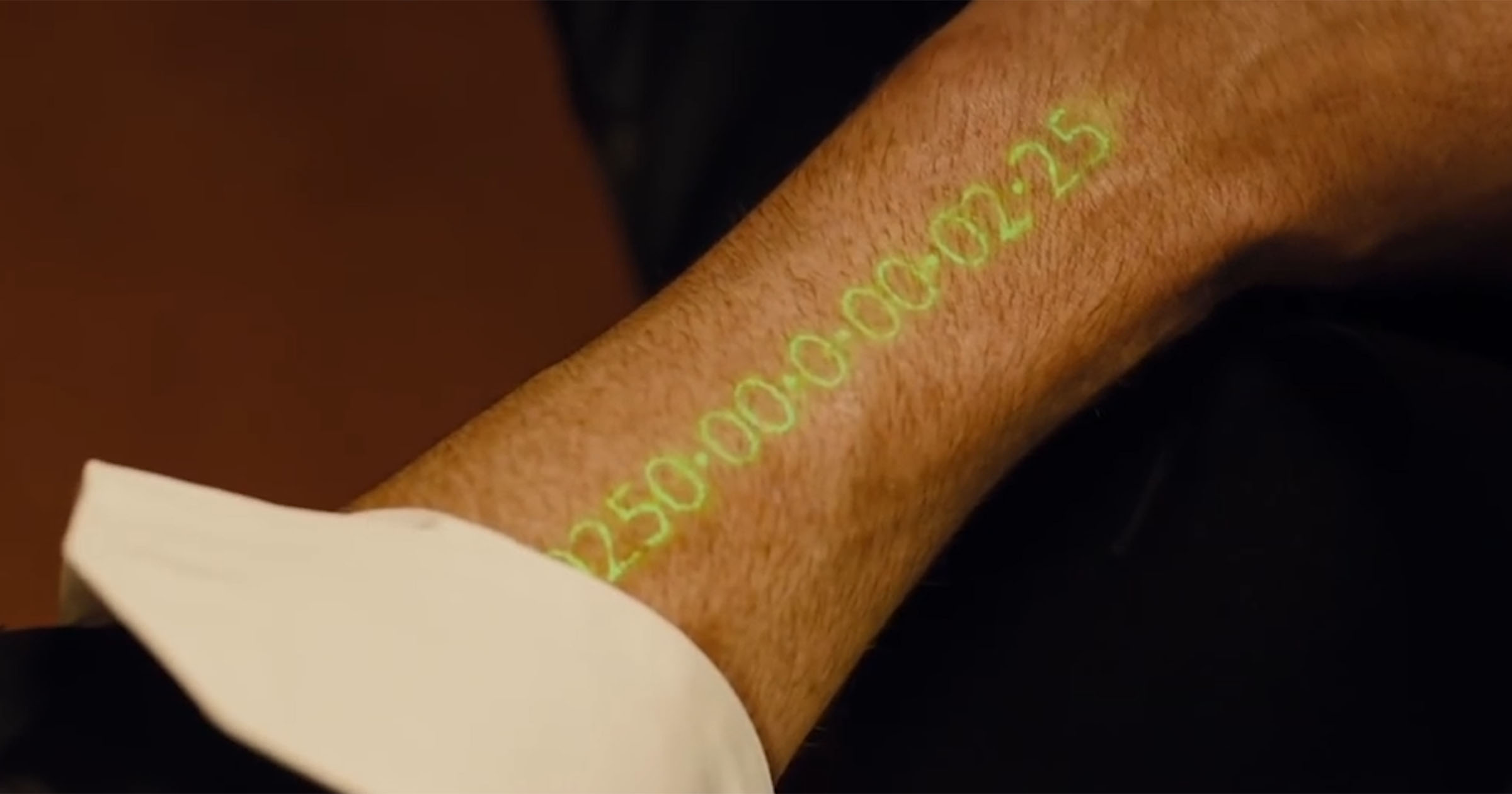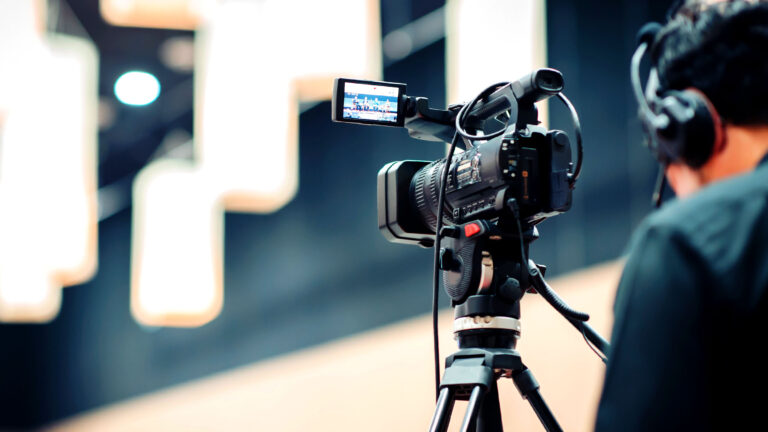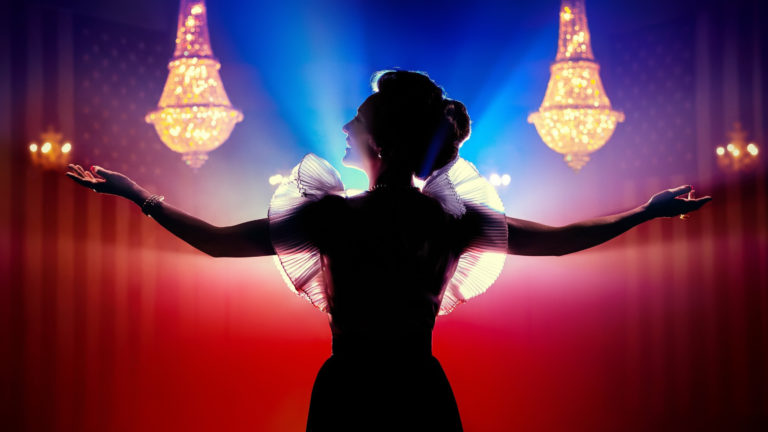Time can be manipulated to send an audience on a journey through a range of emotions.
In the real world, the stories we share follow a natural progression from beginning to end. With film, there is a bit more freedom to bend the rules. Every story can be told linearly, but that doesn’t mean that your story should be.
By avoiding traditional narrative structures or changing how time passes on screen, you can create feelings of confusion and disorientation. You can also draw focus to the emotions of the characters and build a more complex cinematic world.
Why break convention?
Jean-Luc Godard famously once said that every story should have a beginning, a middle, and an end, but “not necessarily in that order.” Linear storylines are here to stay, but the conventional model is not always the best one. The story dictates the structure, not the other way around. The way you work with and around time plays a big role in how well your story is told.
In her book The 21st Century Screenplay: A Comprehensive Guide to Writing Tomorrow’s Films, scriptwriter and teacher Linda Aronson uses the term “parallel narrative” to refer to films that artfully deviate from the classic structure. Here are methods you can use to take an audience on a journey that is emotional, confusing, unpredictable, and wholly satisfying. Specifically, you can break scenes into smaller segments, change the order of events, fiddle with the frame rate, or even make time itself the subject.
Break time into chunks
One way to disrupt the linearity of time is to segment it into moments, using jump cuts. The gaps between the segments move the story forward and make the experience of watching a film less like live theater.
This shift in the way people thought about and made movies started around the mid-twentieth century. The French New Wave took rules that were still firmly in place in the late 1950s and did the opposite. The aforementioned Jean-Luc Godard and his contemporaries (Francois Truffaut, Claude Chabrol, Jacques Rivette) experimented with editing techniques that audiences now consider standard. The classic example is Godard’s use of jump cuts in the film Breathless (1960) to break up the continuity of the frames.
Jump cuts became a popular tool to move through time, and to convey urgency and energy in a scene. Editors use them as snapshots of characters moving through the world, expressing a range of emotions from boredom to panic. They can express off-screen action, showing the aftermath of an altercation we never see.
In Oldboy (2003), Park Chan-wook uses jump cuts to show the progression of Oh Dae-su’s drunken night at the police station. We don’t know how long Dae-su has been detained, but his movement around the room and the changing faces around him suggest that it is a long night. Jump cuts reveal a complicated character whose dips and swells of emotion transcend alcohol consumption.
Speed things up, slow them down, or both
Speed ramping, under-cranking, and the timelapse are techniques that manipulate time to highlight the action of a scene, or to speed past mundane moments and make them more visually dynamic. Director John Woo, initially inspired by Martin Scorsese and Sam Peckinpah, uses slow motion not only on the action, but also on the emotion of the actors, because it adds beauty and drama. It also serves to romanticize the hero.
Following the magic of The Matrix and bullet-time, many filmmakers post-1999 toyed with speed ramps. Some, however, used the technique as a gimmick that only added to the film’s run time. To fascinate, you have to use these techniques in ways that affect the emotion of the scene.
Ramping during epic battle scenes in 300 (2006) builds excitement and invokes a visceral response. Filming at regular speed captures busy energy around the fight but does not focus us on the fighters. That moment when the shot slows down in a full-speed action sequence draws our focus. It also shows off the technical and aesthetic beauty of a well-choreographed fight sequence.
Time lapse
On the other hand, cleaning a room, sleeping, and computer hacking in films are not that exciting. There has to be a way to show them without bringing the rhythm of a film to a complete stop. Seasons change, crews erect buildings, and plants grow in a matter of seconds because they take too long to show in real-time.
This from The Babadook (2015) shows the passage of time while a stressed mother oversleeps. Instead of, say, jump cutting as a clock shows different times of the night, director Jennifer Kent stages a night-long time lapse. This solves the practical problem of moving the story forward. It also conveys the emotional state of the mother, whose life is hard, chaotic, and uncomfortable. By speeding things up and tracking the main subject to a single place in the frame, the filmmaker lets a character’s emotion evolve out of fleeting transitional moments.
Tell the story out of order
Flashbacks and flash-forwards hook an audience and keep them interested in a story all the way through. David Fincher’s Fight Club (1999) (famously adapted from a novel by Chuck Palahniuk) starts with the narrator and a man named Tyler Durden inside of a building that is rigged to explode. The scene is interrupted by the narrator’s realization that the current events have “something to do with a girl named Marla Singer.” This leads to one long flashback that lasts for roughly two hours.
Quentin Tarantino opens Kill Bill: Volume 1 (2003) with a bloodied bride breathing heavily on a wooden floor. A man named Bill shoots her in the head just as she reveals that an unseen baby belongs to him. Cut to the opening credits, and the same woman walks to a house and rings the doorbell.
In both examples, the filmmakers show their audience that while the events are related, they are not happening chronologically. This builds and anticipation and the audience asks “Who are these people, and how did we get here?”
This is different than flashbacks closer to the end of a film, which tend to reveal things the audience simply has not yet realized. In The Usual Suspects, the storyteller reveals his hand and the unreliability of his narrator. This same device is used at the end of Memento, an entire story constructed on flashbacks. We better understand the character’s motivations, and are even provided a sense of delight that contrasts with a tense drama.
Make time itself the story
Bending the rules of time and space is another way to get the audience’s attention. The new rules have to match the logic of the world you’re building. Looper (2012) uses voiceover to explain how open and closed time loops work in the not-so-distant future. In one scene, a man finds new scars and loses body parts as assailants mutilate his body in the past.
In Groundhog Day (1993) and Edge of Tomorrow (2014), we watch characters relive the same day, aware of the phenomenon. This alternative condition brings its own special set of extraordinary, yet oddly familiar emotions. If being stuck in time with eternal deja vu is psychological torture, it is also in some strange way our reality.
In Time (2011) presents a unique concept: a future of genetically engineered people with clocks in their forearms. These characters do not physically age beyond age 25. Time is their life force and their currency. In this world, those who have money and power can literally live forever.
The themes of greed, corruption, and divisions of class make a fantastic concept feel anything but foreign and outlandish. And this may be the key to playing with time; our experience of time is elastic, yet it always informs the real world of the now. Time, after all, is something of a mystery, and our experience of it can be reimagined again and again.




